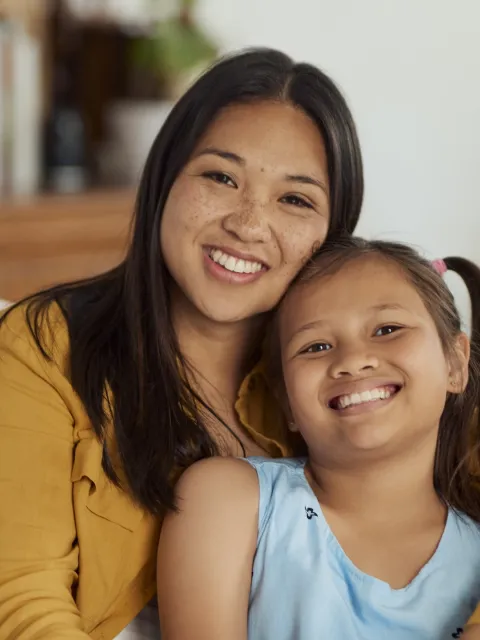How much do we know about the HPV Vaccine?

Every two minutes, somewhere in the world, a woman dies of cervical cancer. This is a shocking statistic but even more shocking is the fact that cervical cancer is a preventable disease that we know the cause of and we know how to stop it.
Cervical cancer is caused by the Human PapillomaVirus (HPV). Virus diseases are prevented and controlled by vaccines and HPV disease is no exception. Effective safe HPV vaccines are available and if administered to girls and women before they are infected, will prevent between 70-90% of cervical cancers globally.
The global picture is of central importance. Cervical cancer is the fourth most common cancer in women but it disproportionately affects poor women in poor countries. 86% of cervical cancers occur in Low and Low Middle-Income countries, where poor women in poor countries have little or no access to the kinds of services which are standard in High-Income countries, such as cervical screening, that could detect and treat their disease at an early stage. Yet, these women present with advanced cancers and often do not have access to treatment and palliative care, leaving many women isolated, to quietly and painfully suffer.
However, even in rich countries with successful cervical screening programmes and effective treatment, cervical cancer has not been eliminated. It is, in fact, the first or second most common cancer in women under the age of 44 years whether you come from a rich or poor country. These women are at the peak of their life – they care for their children, for the elderly they are essential members of the workforce and the engine of society. Their loss has huge social and economic consequences.
Vaccinating all girls before they become infected and protecting them from these outcomes is a priority and I welcome the global call to eliminate cervical cancer.
HPV vaccines which target the two HPVs (HPV16 and HPV18) that cause 70-80% of cervical cancers worldwide have been in national immunisation programmes mainly in HIC such as Australia, Europe and the USA for more than 10 years. They are delivered to adolescent girls (and in some countries boys) usually at 12-14 years of age. In Scotland, high-grade cervical pre-cancers (the obligate precursor to invasive cancer) in 20-year-old women, who were vaccinated at 12 years have been reduced by >85% compared to non-vaccinated women and the level of circulating HPV 16 and 18 has fallen by more than 80%. Similar results for the fall in high-grade precancers have come from Denmark. Additionally, Finland has shared evidence that cervical cancer is being prevented in vaccinated women. This is terrific news – so our challenge now is health financing and technical support to provide the same high coverage and sustainable service in all countries.
To accept vaccination and achieve high coverage, parents and girls, whether in a rich or poor country, need have answers to three questions;
- Do we need it?
- Does it work?
- Is it safe?
For HPV vaccines the answer is yes they are needed, yes they work, and all the evidence says they are safe.
This is world Immunisation Week #HPVVaccinesWork. Let the world know and make sure your family is protected.
Last update
Wednesday 13 May 2020Share this page


